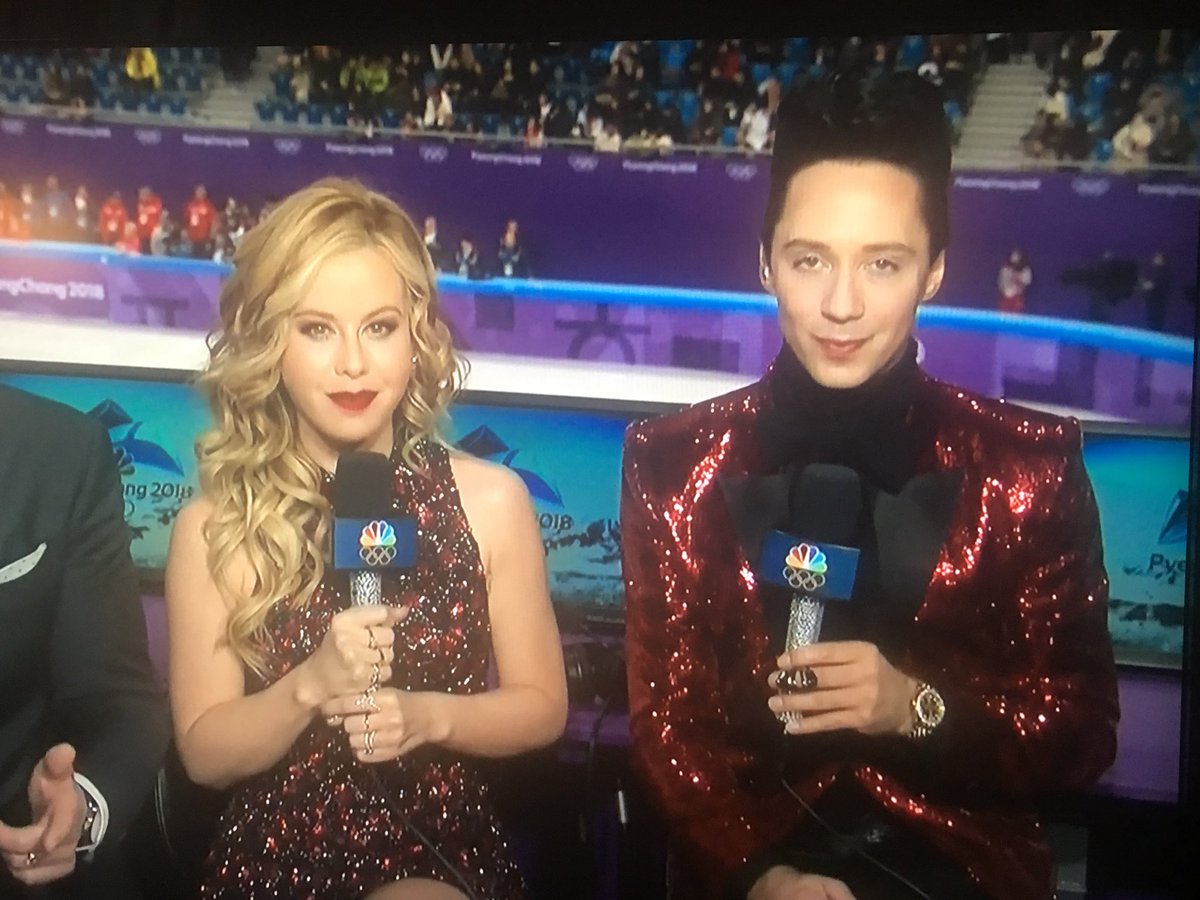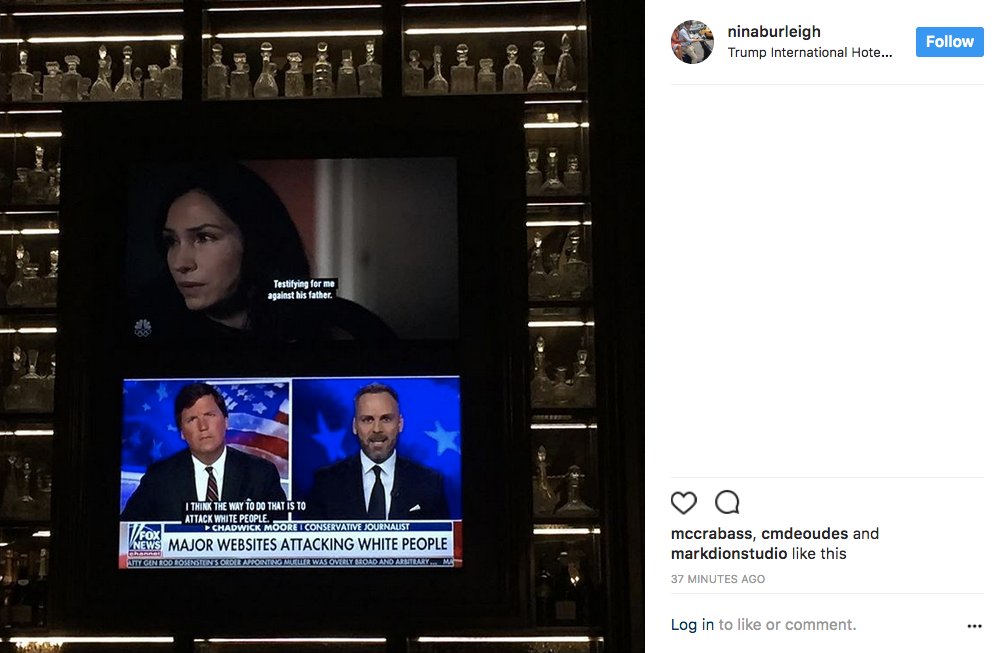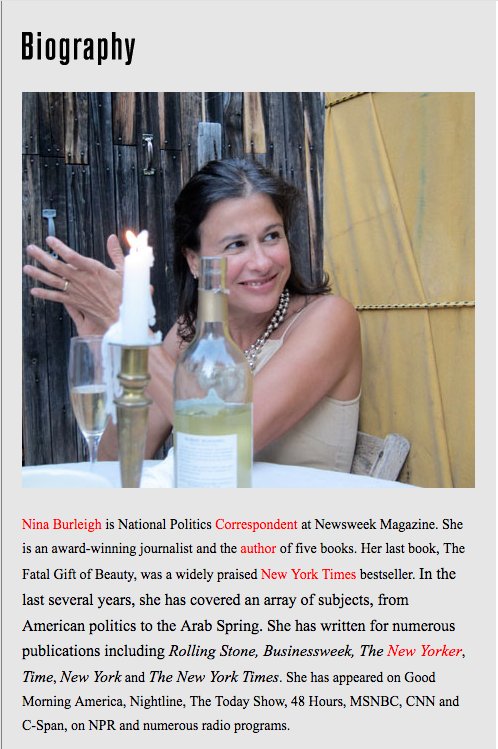One of the big ideas in postmodern thought is the everything is socially constructed. Which is something a lot of people struggle with.
So let's see how something as solid and physical and intimate as your body is socially constructed.



3. There's is considerably more variation of body type among the men than the women.
Humans are a bit sexually dimorphic. More so than cats, considerably less so than, say, this lovely moth (image by Didier Descouens - CC BY-SA 4.0):

These are bodies, right? They are the way they are, it's all genes, and maybe a bit of exercise and nutrition. Nothing socially constructed here.
Wrong.
bustle.com/articles/17808…


(What is an absolute delight though is watching those women keep pushing those boundaries. Seriously, watch Chloe Kim last run in the final, it was epic.)
And maybe you think that it's only sport and it doesn't really matter. But these constructions of femininity have profound material impacts on people's lives, in and outside sport.
Answers on the back of a postcard.









